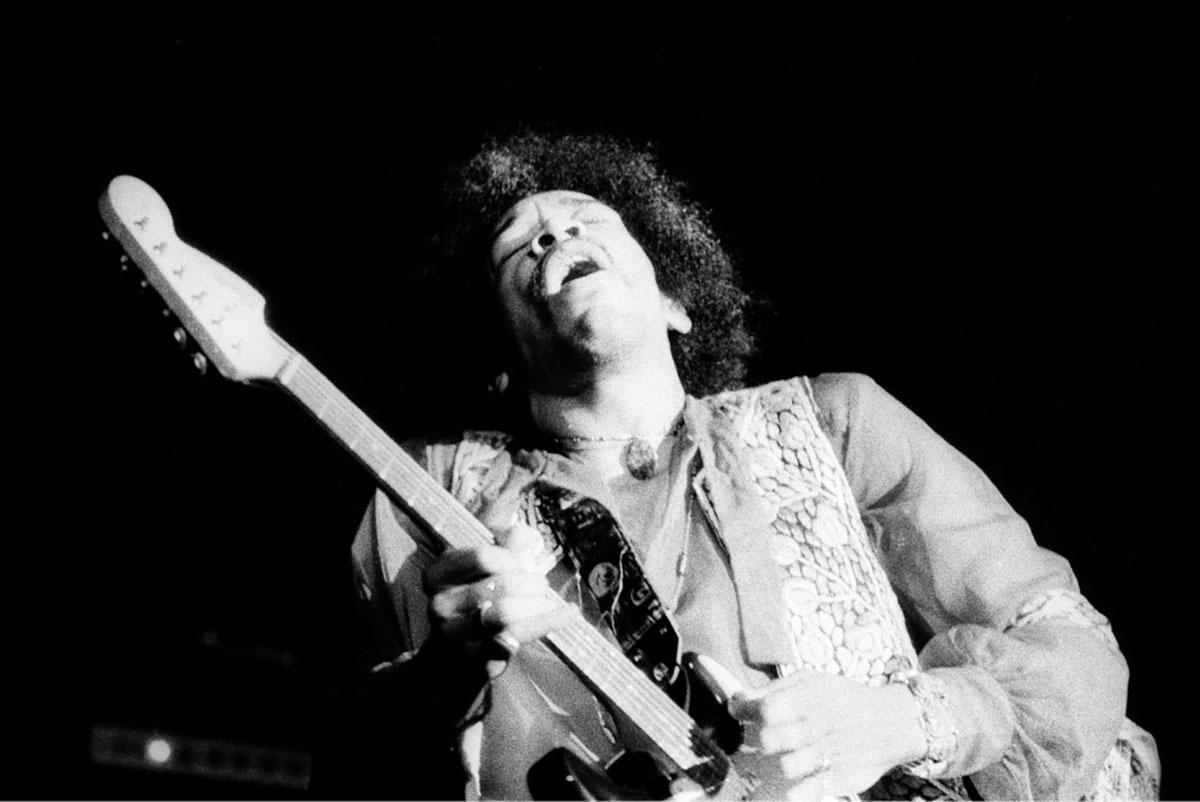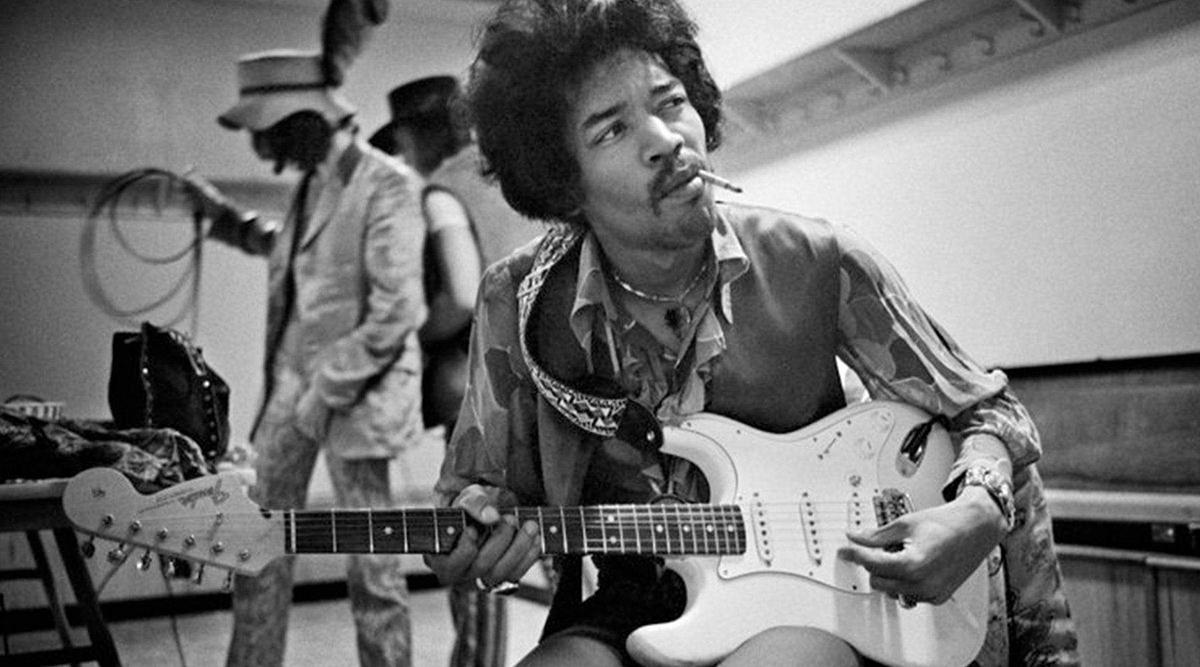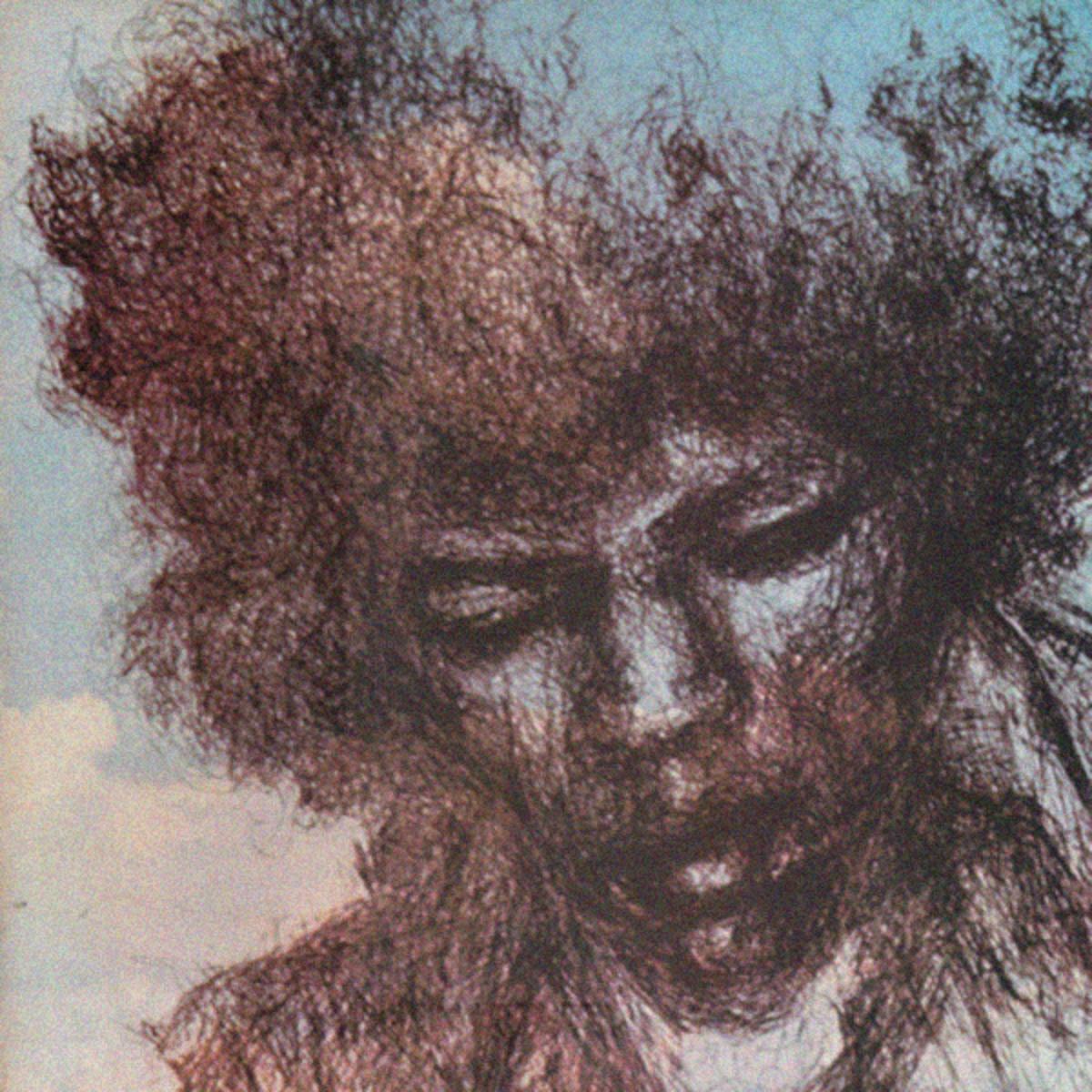Jimi Hendrix's The Cry of Love album history (creation and interesting facts)...
Содержание
"The Cry of Love" is the posthumous album by Jimi Hendrix, the greatest guitarist and musical icon of the 60s and 70s... The record is a collection of songs recorded by Hendrix shortly before his death. It saw the light of day in early 1971 and quickly reached the top positions of the charts in both America and the UK. It achieved platinum status in the late '90s. Today, critics view "The Cry of Love" as an impressive tribute... How was the masterpiece created? That's what we're going to talk about today....
Prerequisites...

Before his death, Jimi Hendrix was working on a fourth studio album, the contents or even the title of which could only be guessed at... For some time, Jimi had heralded a kind of mystical rebirth, hidden in interviews, lyrics and onstage banter....
After the unrivalled "Electric Ladyland", released in November 1968, Jimi did not release any new studio material. The Experience broke up in June 1969, ending two and a half years of virtually flawless touring! Unsurprisingly, Jimi took six months off the road (nothing in the current climate) to build the next phase of his work. The Band Of Gypsys experiment wasn't a resounding success, but it did contain a lot of material recorded in the studio with Billy Cox, Buddy Miles and the faithful Mitch Mitchell... After a relative lull, Hendrix was putting together what would become a new double album. Jimi reluctantly toured in 1970 (to finance his Electric Lady Studios being built in New York), during which time he introduced many new songs to audiences in America and Europe. He mentioned to the press that his next single would be "Dolly Dagger" and that a new album was coming soon! But in September 1970 he died... With Hendrix's passing, the creation and release of a new album became a headache for Eddie Kramer and Mitch Mitchell: they had to work hard in the studio, with session musicians... However, it was worth it.
Studio environment
When Jimi Hendrix tragically passed away on 18 September 1970 in a Samarkand hotel room in London, Eddie Kramer and Mitch Mitchell embarked on the painful task of piecing together their late comrade's most complete recordings, which were missing only a few finishing touches. Session musicians were brought into the studio to work on the posthumous "The Cry of Love", including: Billy Armstrong (percussion), The Ghetto Fighters (backing vocals), Stephen Stills (piano) and others. Mitch himself completed one or two drum tracks, and Buzzy Linhart (an old acquaintance of Jimi's from his early years) was brought in to add vibraphone to the track "Drifting". Thus 12 tracks were completed, but only 10 were released on this album ("Dolly Dagger" and "Room Full Of Mirrors" were released next).

"The Cry of Love" proved to be a remarkably well-balanced album with a more straightforward R&B feel. It showed a significant departure from the sound of Jimi's three precedent-setting works released at the tumultuous height of his career... The inclusion of "My Friend" was criticised by many Hendrix fans because the track had already appeared on a much earlier session. However, the booklet for Seattle's West Coast Boy states:
"...After Jimi's death, in September 1970, Kramer and Experience drummer Mitch Mitchell were commissioned to prepare 'The Cry of Love'...While working in the studio, Kramer remembered Hendrix's enthusiasm for the song, and included it as part of the posthumous album..."
Review

As many critics have pointed out, "The Cry of Love" is no masterpiece... While Jimi did spend time perfecting things in and out of the studio, he didn't spend time writing songs like other artists do. There just wasn't time for anything! Some perfectionist bands spend thousands of hours of rehearsal time creating songs, tying the narratives of each one together, and thinking through the mastering and packaging of the final product. This comparison is not so much unfair as it is meaningless. The listener needs to realise this.
Jimi was a young, fantastic guitarist born into the world of 12-string blues, and within less than four years he was trying to create a new type of music, playing thousands of gigs. He left an insane amount of material and with his legacy influenced millions of musicians just in between the two FIFA World Cup tournaments... One inherent problem with "Cry of Love" is that it suffers a bit from "overworked" material. Some songs just aren't as strong inherently, structurally, and need a lot of crazy guitar playing and layering to keep from falling off the energy plateau. However, Jimi had his own, special talent... He was a smart musician, with an innovative drive to tell his stories in a way that allows listeners to discover new details in them. There are some real gems here in "The Cry of Love", as in all of his music! Absolutely fantastic moments of unprecedented guitar playing, sound creation and world building...
A lot of people liked "The Cry of Love". It is an album that is a pleasure to listen to more than once. It's a good introduction to a more modern form of Jimi's music....
Track list
Half of the tracks were mixed by Hendrix himself. Eddie Kramer and Mitch Mitchell only worked out the final structure. Commercially, "The Cry of Love" was a huge success! The album reached the top three in America and the UK and spawned favourites such as "Angel", "Freedom" and "Ezy Ryder". The album contains 10 tracks in total, which you can listen to below.....
"Freedom."
"Drifting."
"Ezy Ryder."
"Night Bird Flying"
"Astro Man"
https://youtu.be/wz1Kz9dFjy0
"Angel."
https://youtu.be/EaRFxrDAR-A
"In From The Storm"
No audio:
"Belly Button Window"
"My Friend."
"Straight Ahead"
"The Cry of Love" is Jimi Hendrix's posthumous album and a good addition to his discography. It starts with one of his best songs, the funk-infused "Freedom", followed by "Drifting", a track enchanting with a guitar solo with a sleepy desert mood... "Ezy Ryder" creates a fantastically fast motorbike ride! But "Night Bird Flying" is a more bluesy track... "Straight Ahead" is beautiful guitar work from Jimi! And "In From The Storm" is the kind of track that rivals the first three songs, and lets you just forget the last one....
Conclusion...
In this final stage of his musical evolution, Jimi really turned the page on "psychedelic" rock. Fans who had discovered some of these songs on the 1970 tours finally got to hear what Jimi was talking about. The rough live versions didn't hint much at the rich, layered arrangements revealed within "The Cry of Love." Lots of guitar tracks, backing vocals and percussion all come together to create a dense structure that could only be fully replicated on stage with more musicians... The production of the album is truly rich and you can feel the care that has been put into these tracks. "The Cry of Love" remains a historic album and a window into what was to come.



